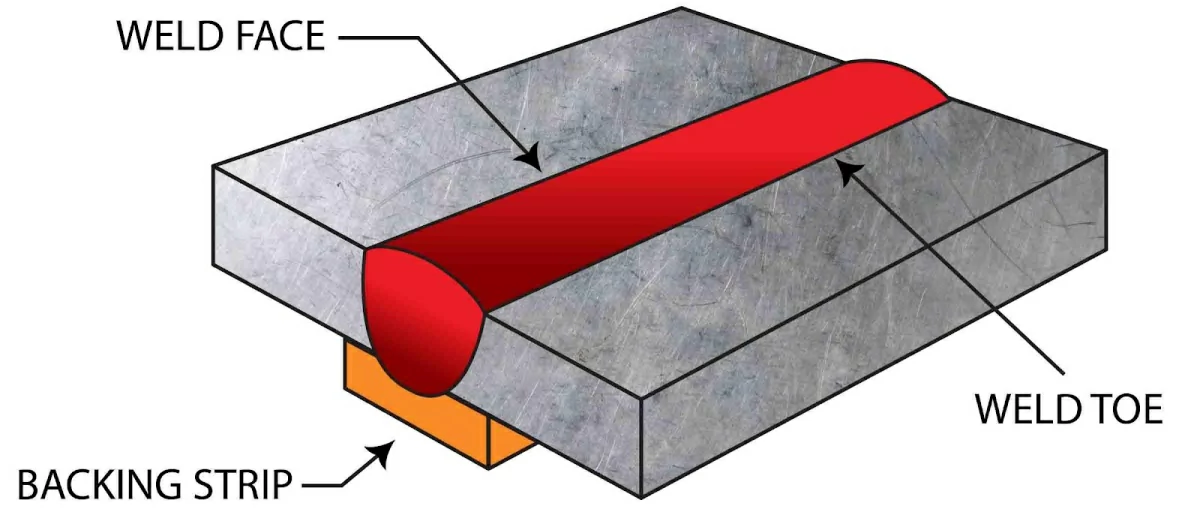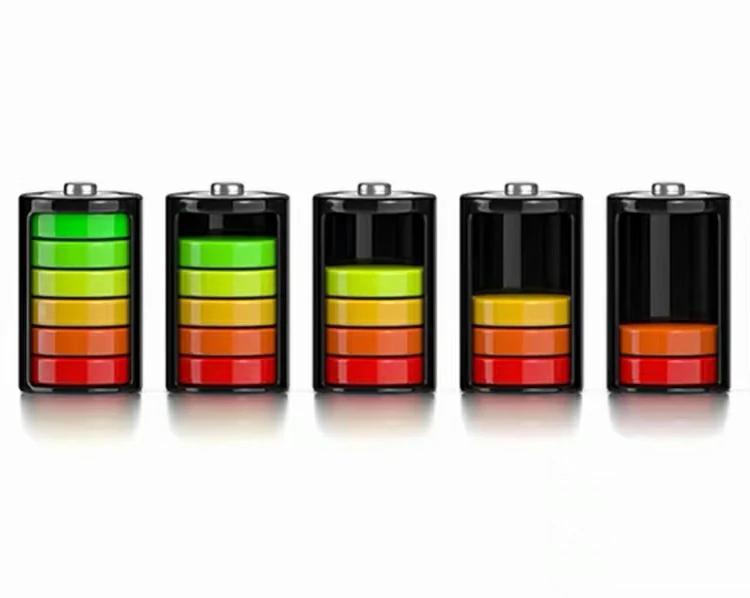The welding terminal of the battery pack Battery packs play...
The dry mixing technology of electrode
In the process of battery manufacturing, the preparation of electrode materials is a key link, which directly affects the performance, life and safety of the battery. In the preparation of electrodes, dry mixing and wet mixing are the two main processes. Each of these two processes has its own characteristics, advantages and disadvantages, and applicable scenarios. In this paper, the application comparison of dry mixture and wet mixture in electrode preparation will be discussed.
differences
Mixing uniformity
In terms of mixing uniformity, wet mixing usually performs better. Due to the use of a liquid medium in the mixing process, agglomeration and electrostatic interaction between particles are effectively reduced, thus ensuring adequate dispersion and uniformity of the material. In contrast, dry mixing may present poor mixing uniformity, especially when dealing with powders with high specific surface area, which often easily leads to particle delamination or agglomeration, affecting the performance of the final product.
Process complexity
The process of dry mixing is relatively simple, usually only the solid powder needs to be mechanically mixed, eliminating the drying and solvent recovery steps. Therefore, the overall production process is short and efficient. Wet mixing, on the other hand, is relatively complex and requires multiple steps, including liquid mixing, stirring, pulping and subsequent drying processes. This complexity can lead to longer production cycles and increased management difficulty.
Environmental protection
In terms of environmental protection, dry mixing has a significant advantage, because this process does not use solvents, thus avoiding the environmental impact of solvent treatment, in line with the environmental requirements of modern industry. In contrast, the use of organic solvents in wet mixing may cause the release of volatile organic compounds, which requires special attention to environmental and safety issues.
Cost
In terms of cost, the total production cost of dry mixing is usually lower. This is because it simplifies the process flow, reduces equipment investment and energy consumption. However, wet mixing may cause the overall cost to rise due to the need for additional equipment (such as dryers), solvent purchase and disposal, etc.
Use cases
The types of materials used for the two processes are also different. Dry mixing is suitable for materials with low surface area, such as certain types of graphite electrode materials. However, wet mixing is more suitable for materials with high specific surface area, especially when the electrode performance is more demanding, such as the positive and negative electrode materials of lithium-ion batteries.

Home energy storage product series
A lithium battery pack for home energy storage systems, which is compatible with solar panels and the sun The inverter can work together with the power grid to power household appliances, and it can also be used as a For off grid systems.
Extended reading
THE ESSC Brand promise
Global supply
Our products sell well all over the world, covering many countries and regions, through the global logistics network, to provide customers with convenient purchasing experience.
Rigorous quality
We adhere to the highest quality control standards to ensure every product meets industry regulations and customer expectations, earning trust through consistent excellence.
Excellent service
With a customer-centric approach, we provide prompt responses, professional support, and personalized services, aiming to deliver the best user experience and long-term value.


